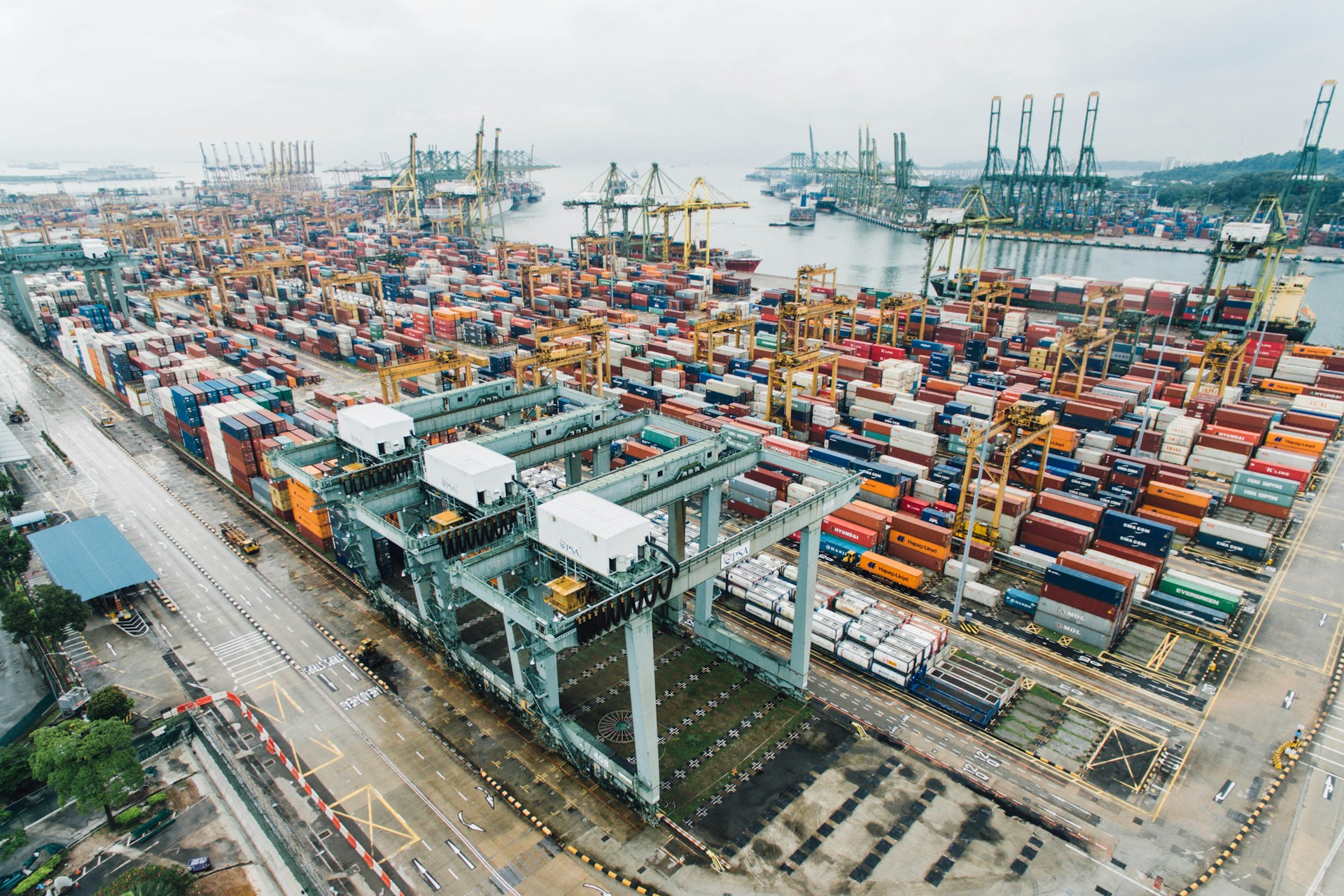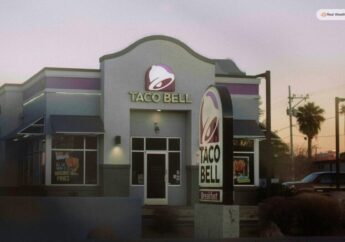Mastering Break-Bulk Transportation: Best Practices and Proven Tips
by Mashum Mollah Business 31 May 2024

Transporting break-bulk items, which are goods too large or irregularly shaped to fit into standard shipping containers, presents unique challenges for logistics professionals.
Whether moving machinery, oversized equipment, or delicate cargo, careful planning and execution are essential to ensure safe and efficient transportation.
In this excerpt below, we will give you the best ways and useful tips to master the transportation of break-bulk items, providing a comprehensive guide for logistics professionals.
Understanding Break-Bulk Cargo
Before delving into transportation strategies, it’s crucial to understand the nature of break-bulk cargo.
Unlike containerized goods, break-bulk items vary widely in size, shape, weight, and fragility. This diversity requires customized handling and specialized equipment to ensure safe transit from origin to destination.
Break-bulk cargo includes items like construction equipment, large machinery, vehicles, steel girders, and other oversized goods.
Each type of cargo has its own set of requirements, making it essential for logistics professionals to have a deep understanding of the specific needs of the cargo they are handling.
Thorough Planning and Risk Assessment
Effective transportation of break-bulk items begins with thorough planning and risk assessment. The first step involves understanding the dimensions, weight, and handling requirements of the cargo.
This information is critical in determining the most appropriate transportation method and the necessary equipment.
Risk assessment should also consider potential hazards during transportation. This includes evaluating routes for any physical obstacles, such as low bridges or narrow roads, that could impede the transport of oversized cargo.
Additionally, weather conditions and geopolitical factors should be taken into account to mitigate any risks that could affect the safe delivery of the cargo.
This is one area that should be continually reassessed so any issues can be dealt with quickly and effectively.
Best Practices for Safe and Efficient Transportation
Your efficiency in a bulk transportation business is all about maintenance and safe practices. It is not an easy business to transport such bulk cargo from one place to another.
You must be aware of the amount of cargo that is lost in the sea. So, the first pro tip is not to use water transportation as a form of break-bulk transportation.
This is why understanding the nooks and crannies of maintaining such a business is important.
Here is something else you can do!
Regular Maintenance of Transportation
Modes of transportation play a major role in this business. So, it is imperative to pay careful attention to their maintenance, especially if you own some automobiles.
If needed, spend some extra cash every month on regular maintenance check-ups. These include your containers, vessels, and potential safety measures that could harm the cargo shipment and the workers.
Think about all the hazards you can face beforehand, and ensure ways you can avoid them.
Plan For Emergency Situation
It is not only a complicated business, it is also dangerous. You can face harsh weather conditions, road obstructions, and even loss of cargo. Always have a contingency plan with your supplier and your final delivery business.
This contingency plan should mean you have an immediate action plan for sudden accidents, emergency situations, and hazardous conditions.
Proper Communication Channels
As a break bulk transport system, you will have many people working for and with you. Creating a proper communication channel between them is also important.
Miscommunication can lead to mistakes, and this might also result in the bulk cargo not reaching its final destination.
Insurances for Your Workers
These include laborers, automobile drivers, and cargo shifters at the borders. If they are working for you, it is your duty to protect them against skyrocketing medical charges. This is not only if they deal with an accident during the work, but your worker’s insurance would also cover it.
However, working under such tiresome situations can also frail their health. The external medical insurance can help assess this issue and help them stay fit with proper attention.
Adhering To Industry Standards
Your industry standards should be of top-notch compliance. Any form of violation of industry standards (no matter how small) can lead to major legal problems.
You might have to provide a large amount of compensation to protect your company from further legal accusations.
Plus, at times, it can lead to even more detrimental issues like suspended business licenses.
Choosing the Right Transportation Mode
Selecting the appropriate transportation mode is critical for successfully delivering break-bulk items. Depending on the size, weight, and destination of the cargo, options may include:
Ocean Freight
Ocean freight is ideal for transporting large and heavy break-bulk items over long distances.
This method utilizes roll-on/roll-off (RoRo) vessels or break-bulk ships equipped with specialized cranes and handling gear. RoRo vessels are particularly useful for wheeled cargo, such as vehicles and heavy machinery, as they allow the cargo to be driven on and off the ship easily.
For non-wheeled cargo, break-bulk ships with heavy-lift capabilities are necessary. These ships are equipped with cranes and other handling equipment designed to lift and secure oversized and heavy items safely.
It’s important to work with experienced maritime logistics providers who understand the complexities of loading and securing break-bulk cargo on ships.
Air Freight
Air freight offers rapid transit for time-sensitive break-bulk cargo, albeit at a higher cost. This method is suitable for urgent deliveries or high-value items that require quick transportation.
Air charter services or freighter aircraft capable of accommodating oversized and heavy items are the preferred choices.
While air freight is faster, it requires meticulous planning to ensure the cargo fits within the aircraft’s capacity and weight limits. Additionally, the cost of air transport is significantly higher than other modes, so it’s essential to balance the urgency of the delivery with budget constraints.
Rail Freight
Rail freight provides an efficient and cost-effective transportation solution for break-bulk items traveling overland. Utilizing flatcars, gondolas, or specialized railcars designed to handle oversized cargo, rail transport offers a stable and reliable option for long-distance land travel.
Rail transport is particularly beneficial for heavy and bulky items that are not time-sensitive. The rail network’s extensive reach allows for the efficient movement of goods across countries and continents. However, it’s important to coordinate with rail operators to ensure the availability of suitable railcars and handling equipment.
Trucking
Trucking offers flexibility and door-to-door delivery for break-bulk items within a specific region or country. Selecting carriers with experience in handling oversized loads and securing cargo for road transport is crucial. Trucking is particularly useful for the final leg of the journey, delivering cargo from ports, rail terminals, or airports to the final destination.
Specialized trailers, such as flatbeds, lowboys, and extendable trailers, are used to transport oversized cargo by road. It’s important to ensure that the trucking company complies with all regulatory requirements, such as obtaining necessary permits for oversized loads and adhering to weight restrictions.
To End The Discussion!
You must understand that the break-bulk transport business is that of difficulties, and even higher responsibilities. Getting enough knowledge about the business, and its maintenance will help you achieve the expertise to handle it.
For the first few years of maintenance, you should consult someone with more years of experience. Plus, have a legal team by your side in terms of any contingency issues.




































































































All Comments
Eliminate Skin Tags Remover
Hi my loved one I wish to say that this post is amazing nice written and include approximately all vital infos Id like to peer more posts like this
teppichwäscherei
This is an excellent article! I appreciate the depth and clarity with which you addressed the topic. Your insights are valuable and provide a lot of useful information for readers. It's clear that you have a strong understanding of the subject matter, and I look forward to reading more of your work. Thank you for sharing your knowledge and expertise.
Eliminate Skin Tags Remover
Hi my loved one I wish to say that this post is amazing nice written and include approximately all vital infos Id like to peer more posts like this
Eliminate Skin Tags Remover
Its like you read my mind You appear to know so much about this like you wrote the book in it or something I think that you can do with a few pics to drive the message home a little bit but other than that this is fantastic blog A great read Ill certainly be back